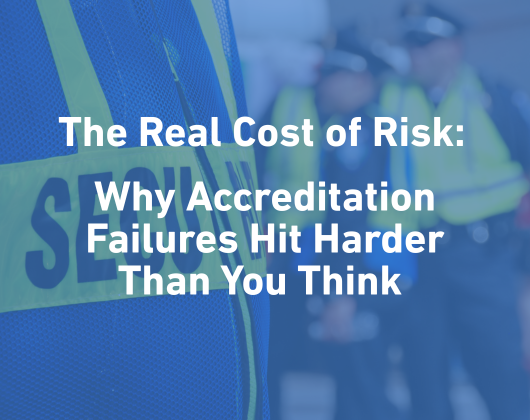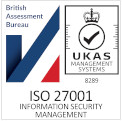Just how do you secure an event taking in miles of outdoor space from a terror attack? Long distance events have been, and will, continue to be attractive targets for attacks. We have seen it in the past at the Boston Marathon in 2013, and in 2018 in Tajikistan with an attack during a cycling event. Whilst not in a race the cyclists who were in a large peloton on a long-distance tour were deliberately attacked using a vehicle to knock them off their bikes, and then attacked resulting in multiple fatalities.
With these events lasting for hours and taking place in large open areas there is a different level of security to think of. In the UK, The Protect Duty will require you to incorporate terrorism planning into your event that will help you to deter, or at the very least manage the impact.
The Protect Duty
We’ve already covered what the Protect Duty is and what it means for event organisers in our earlier blog, but how does it translate into actionable accreditation procedures to help you secure your event?
The human element
Your accreditation procedure needs to play a central role, no matter how good your physical security is, all it takes is one lone staff member, with intent to do harm, to cause an incident. To ensure your accreditation is set up as effectively as possible we recommend asking the following questions for your endurance event:
What are the most important areas, and who should have access?
Review each area, and the type of people that will be in it. For example, the Control Room and the VIP areas are clearly important and critical to your long-distance event success. There will be other areas some of which may not even be at the site of the long-distance event. Decide on what levels of security clearance each role should have by doing a role risk assessment.
How do you check people who need to go in are not a threat?
Personnel security starts with the job application, where applicants should be made aware that supplying false information, or failing to disclose relevant information, could be grounds for dismissal and could amount to a criminal offence. Applicants should also be made aware that any offers of employment are subject to the satisfactory completion of pre-employment checks. If an organisation believes there is a fraudulent application involving illegal activity, the police should be informed.
How do you ensure the system works and that any identification or pass can’t easily be copied?
The easy solution here is to ensure you release your accreditation badges as late as possible, and ensure they are unique to your event. We go into more detail on this topic in our blog “8 things you can do to stop your badges being forged”.
Who polices the system ensuring that the right people have the right access level?
Find an owner of the accreditation process. They need experience, they need to work well under pressure, they need to be a good project manager, and they need to be able to have conversations at a senior level and across all job functions.
The threat isn’t going away
The threat of an attack at an endurance event will not go away. This is why we now have the Protect Duty, to help evaluate threats, understanding what measures can be taken to combat it, and secure against it. Then, should the unfortunate happen, work to mitigate the impact and protect as many people as possible.
Within the Protect Duty it is the word “reasonable” that is so important, have you taken reasonable action and do you have the systems and processes in place to achieve this?
If you would like to know more, please read our whitepaper





![EAS-Accredit-300dpi[22]](https://www.accredit-solutions.com/wp-content/uploads/2024/01/EAS-Accredit-300dpi22-300x156.png)

